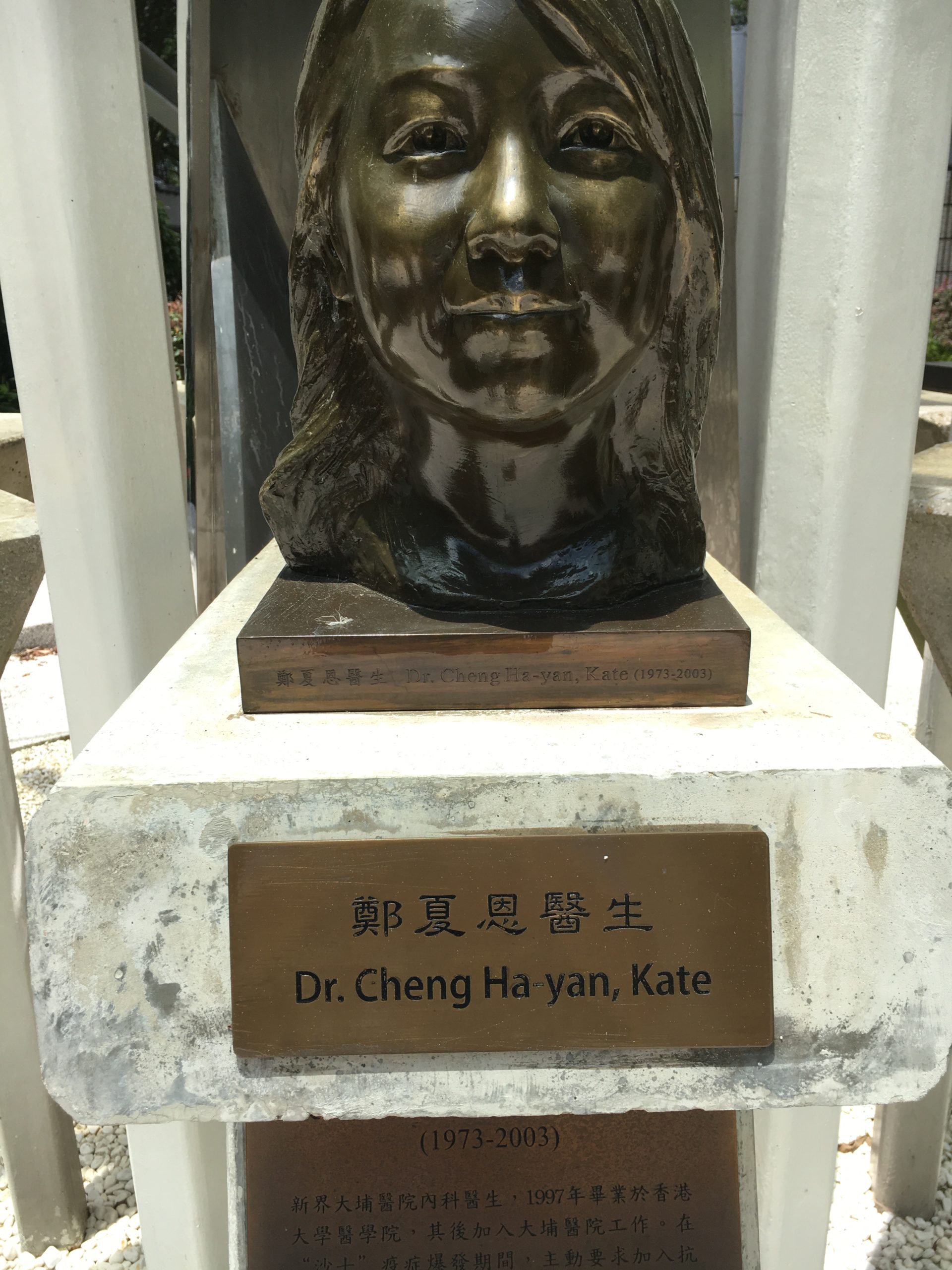
Like many people, I’ve been struck by the parallels between the current COVID-19 pandemic and the 1918 pandemic. In 1918 many media outlets in Europe and the United States did not initially give the outbreak adequate coverage, because they were censored during the war, or did not want to reveal their nation’s weaknesses. In the United States and Brazil now, populist leaders are dismissive of the news and data on COVID-19, because it reveals their failures. For this reason, their followers tend to view all COVID-19 information through the lens of partisan politics. Indeed, President Bolsonaro of Brazil has called his followers to storm hospitals to take photos and videos to show whether COVID-19 patients are truly filling hospital beds, as the hospitals and state leaders claim. Such denial has caused painful climbs in COVID-19 deaths in both Brazil and the United States.
In the United States in 1918 there were massive war bond rallies, which drove people into the streets despite the risks. In 2020 protesters in the U.S. have justifiably gone to the streets to fight police brutality and racism, even though they understand the dangers that they face. In 1918 Australia did quite well by taking decisive measures early on, much as Australia and New Zealand have now with COVID-19. It’s very clear that both in 1918 and now the countries (or colonies, as in the case of American Samoa) that enacted strict measures early did dramatically better than those that waited even a short while to do so. In 1918 there was a sense of hubris created by the dramatic progress in medical knowledge that made the pandemic a painful shock. In 1918 European and North American countries (and cities, such as New York) did not take dramatic measures in January and February 2020, perhaps in part because they believed that the pandemic would not have the same impact as it had in China. Very quickly it became apparent that Asian countries -from South Korea to Vietnam- have done a far better job managing the crisis than the U.S. or Britain.
In 1918 there were a swirl of conspiracy theories, which often were shaped by World War One. People on the Allied side wondered if this outbreak was started by a German company that made aspirin (Bayer) had been some form of biological attack. There were similar fears on the German side. Now people blame a Wuhan biolab, the American military, philanthropist Bill Gates, or 5G networks for the outbreak. During both pandemics -at least at this start- there were few effective treatments, so public health officials had to return to old ideas such as social distancing and masks. One other commonality between the 1918 H1N1 influenza pandemic and the present was that different countries saw sharply different mortality rates.
Of course, there are significant differences between these pandemics too. In 1918 the global supply chain had not developed to the same extent, so there were perhaps fewer disruptions economically. At least in the United States, public health officials perhaps had more respect and power in 1918 than today. This meant that although in 1918 there debates and struggles about masks in the United States, they were perhaps not as divisive and difficult as they are currently. In 1918 one group that was particularly at risk were soldiers, from the trenches of Western Europe to military bases in Massachusetts. Now, while soldiers and sailors are still at risk, those hit hardest are in nursing homes, prisons, meat packing plants, cruise ships, and other locations that pack people together with poor circulation.
Of course, another difference between 1918 and now is in the population affected. In 1918, doctors were stunned that infants and the elderly seemed to die from the virus at a lower rate than those in the prime of life. Now, the mortality curve is sharply different, as the young and healthy suffer and die at a much lower rate than their grandparents. But it’s equally important, perhaps, that some major countries were more united in 1918 than now than in their response to the virus, at least in the the United States and Brazil. For example, countries around the world have used apps to assist with contact tracing. While they don’t replace human contact tracing, they are the only way to manage a large-scale outbreak -such as in the United States or Britain- given the scale of the epidemic in those countries. But in the United States there is no national level contact-tracing app. Instead, individual states -such as North and South Dakota- have developed their own. And in 1918, national leaders generally supported public health messaging, which has not happened in nations with populist leaders during COVID-19
In 1918 the United States was a growing world power, which helped to define global affairs. In 2020, the United States appears to be a waning and divided power, that has proved incapable of organizing a coherent response to the pandemic on the national level. Interestingly, its response to the challenge has been much weaker than that of many developing nations. While the old binary of developed/developing countries has long been problematic, the pandemic has truly shown us all how deeply flawed it is. Much of the innovation and experimentation that is taking place is in countries that will never join the UN security council. It’s impossible to predict the future, but I wonder if COVID-19 will someday be seen as the point from which US power began a steady decline, particularly in soft-power, much as WWI marked the rise of the US to the global stage?
Mark Honigsbaum and Hannah Mawdsley had a wonderful podcast, Going Viral, which looked at the history of the 1918 pandemic. I cannot recommend it strongly enough. More recently, the podcast has a new subtitle “The COVID files.” I particularly liked “Episode 6: the Spanish Flu Redux.” The first half of the podcast episode looks at the role female doctors played during the 1918 pandemic, during an interesting interview with Wendy Moore. This is followed by a wonderful interview with Hannah Mawdsley, which touches on everything from the conspiracy theories of 1918 (including the conspiracy theory that the pandemic was created by the pharmaceutical company Bayer) to how the pandemic was remembered.
One last thought, which I hesitate to write. Pandemics are an inevitable part of an urbanized existence with an agricultural foundation. They have happened since ancient Egypt and Sumeria. They often change the fortunes of nations and empires, from Athens in the second year of the Peloponnesian war (430 BC), to Byzantine Emperor Justinian’s dreams before 541 AD of retaking what had been the western Roman empire. For all our vaccines and medical technology, we have not escaped this reality. My point is this: we have been lucky that this outbreak has not had a much higher mortality rate. There are features of SARS COV-2 which make it uniquely liable to spread, such as the fact that people can be infectious before (or perhaps without) having any symptoms. Yet its mortality rate has been much lower than that with either SARS in 2003, or MERS in Saudi Arabia now. Someday, one of those viruses will jump to humans, as surely as Antonine’s plague appeared in 165 AD. If we have proved so unready to respond to this virus in some nations (the US, Brazil, Russia, India), what will happen when a more deadly virus appears?
This is not fear-mongering. It’s long been said that pandemics are like earthquakes. You cannot predict the date on which they will happen, but you can know that in they are inevitable and plan accordingly. We need to take COVID-19 not only as a global challenge for our time, but also a warning to the next. Our nations need to build the public health infrastructure and conduct the basic medical research for the future. The next pandemic might not come for another century, much as was the case with COVID-19. Or it could be that just today someone in the Arabian peninsula was infected with a highly infectious variant of MERS, another corona virus. And that without a robust global health response the mortality rate for that pandemic could be 34.4%. That number is not much different from other great pandemics in history. How would that reshape our world? How much suffering could be avoided? As Arthur Crosby (the author of the book, the Forgotten Pandemic) always said, the remarkable thing about the 1918 pandemic was that it was so quickly forgotten. As global citizens, we can’t allow that to happen this time.
Shawn Smallman

